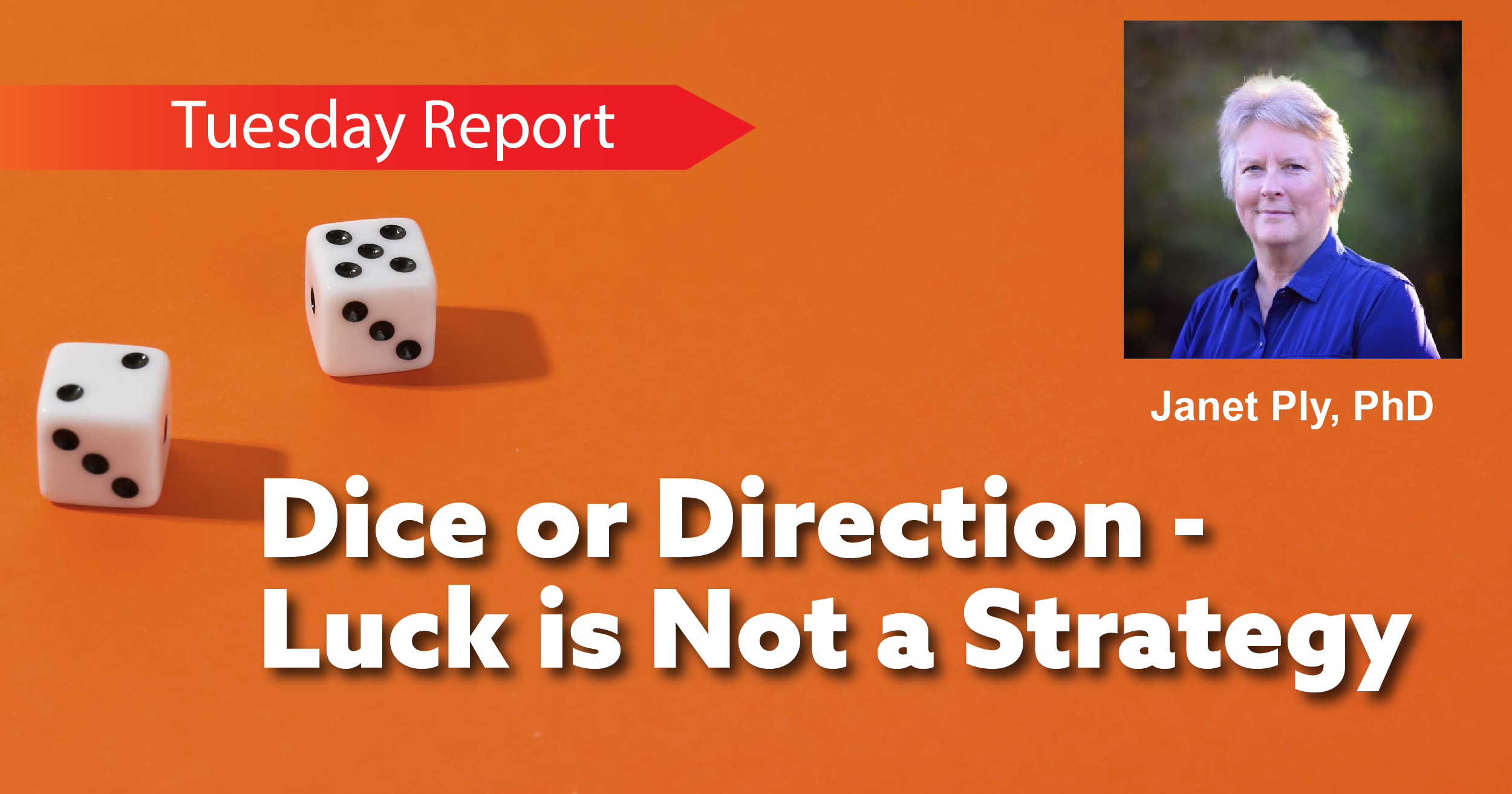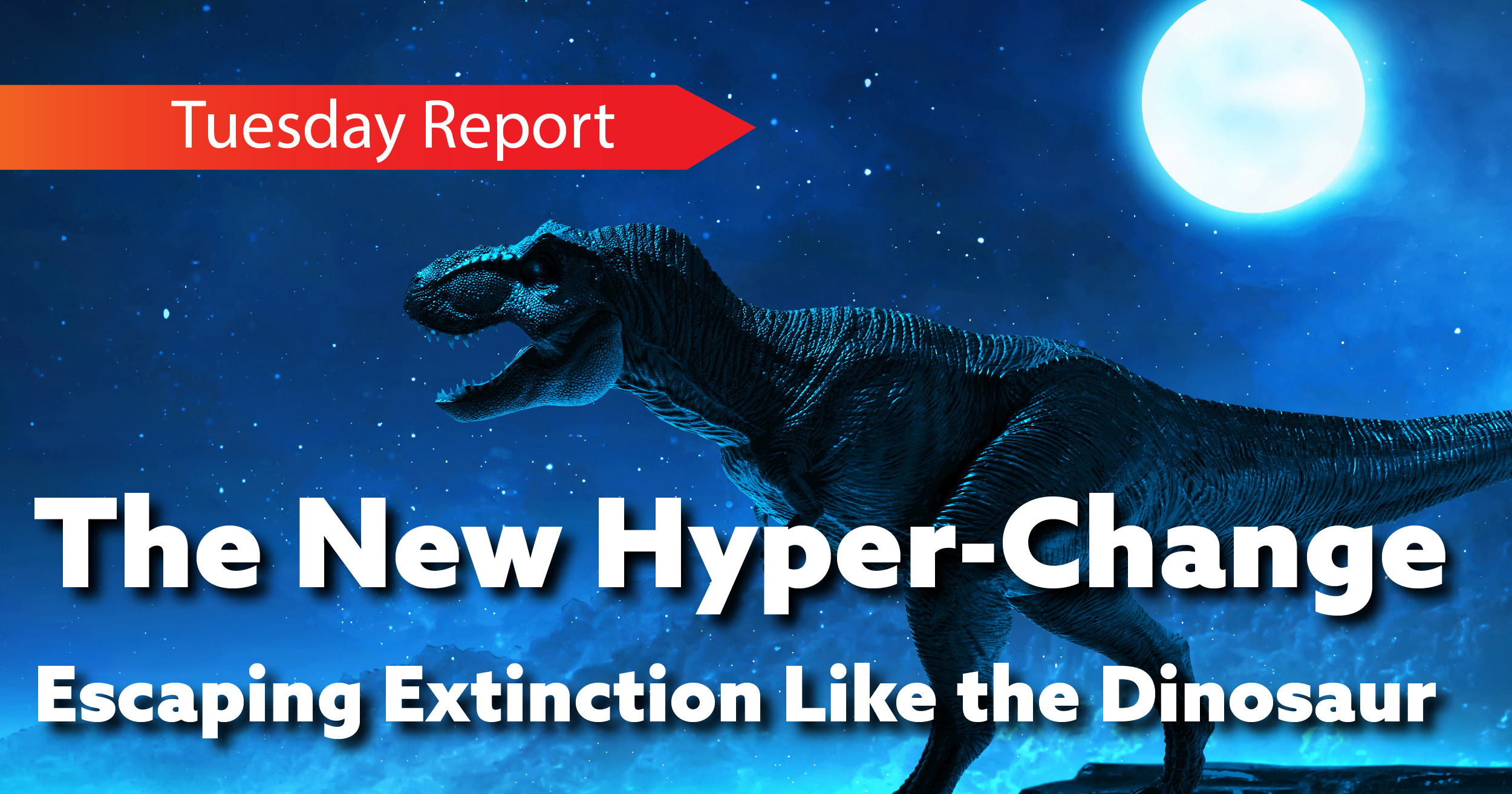Can you get to a safe place where you can say what you think?
My first gut reaction would be, “Not a chance. You can’t.”
You’re out of your mind if you think you can take what’s rumbling around in your head, drag it into your mouth, then spout it out loud to the person in front of you.
Can you get to what Kim Scott describes as Radical Candor in her popular book? Radical Candor is as dangerous as a walk through a minefield—you better know what you’re doing if you expect to get out alive. There is a lot to be avoided when you express an opinion, and at best you have to take it a half-inch at a time.
So how do you create a safe space where people can say what they think? It’s really important to create that space because what’s said and not said kills organizations or allows them to move forward. It’s as simple and important as that.
Kim Scott creates four useful categories to help create those safe places to speak. When you look at Scott’s categories, the two that most impact me are:
Obnoxious Aggression. These communicators are like the deer hunters here in Texas who go out onto a lease to bag their limit (full disclosure, I’m not a hunter). The only thing is that you’re the deer, not the hunter. Someone is coming at you full blast with advice, criticism—demeaning and belittling. You feel like someone gave them a license to hunt, and you’re the prey. They don’t stop coming at you.
Ruinous Empathy. This type communicator is like when you see smoke and flames coming out of the kitchen and you point that out to the person next to you that the house is in fact on fire. They gently point out that Sam is in the kitchen cooking, that’s he’s a bit sloppy with matches, but he’s really sensitive and we need to wait for a good time to tell him the house is burning down—you don’t want to demotivate the chef, now do you?
Two Types of People—Direct and Indirect
Direct people are like an oil field client we had many years ago whose guiding principle was. “Jack, bad news don’t git no better with age,” he told us. If you know it and say it, someone can do something about it, the direct communicators think.
Then there are the indirect people who, if they’re going to say anything at all, it’s going to be indirect and at the right time. Their guiding belief is that if you wound your own soldiers, you’ll lose the war.
I live in a world of direct and indirect people. Carol Kallendorf, PhD, my business partner, and life partner and I are at two ends of the spectrum on this point. I’m direct to the point I can clear a room just by opening my mouth. Carol is indirect and careful about the impact of what she’s about to say.
Here’s how that’s worked out.
When Carol and I first got married we had to figure out household chores, the way everyone does. I was really pleased with the way things were working out with Carol and the way we divided up those chores.
Early on in our marriage one evening when we were house cleaning Carol said in a cheery voice, “I’m taking out the garbage.” I smiled and thought to myself, “Now that’s great, a woman who really pitches in.”
The very next evening in our campaign to be clean and neat, Carol again said with a musical note in her voice, “I’m taking out the garbage.”
I said to myself, “This is amazing! I can’t believe it! How fortunate I am! What a great marriage!”
So just a few days later to my surprise and delight I heard the same saying wafting to my ears, “I’m talking out the garbage.” At that point I said to myself, “This is truly amazing and now I understand it. Carol loves to take out garbage!”
A few weeks later things took a really nasty turn. One evening Carol looked at me and said, “Don’t you ever take your turn at taking out the garbage?!” I was hurt and shocked. I told her, “I thought you liked taking out the garbage. If you wanted me to take out the garbage, I would have been glad to do that. You only had to ask.”
To me I was sure that Carol would ask me to do what she needed. To Carol it was obvious that taking out garbage is an onerous task and I should have realized that and taken my turn.
What’s Said and Unsaid—Building the Safehouse for Candor
What teams share and say and what they don’t is fundamental to their success. We see teams struggling every day with leaders who want to make their goals and have little empathy or concern about team members and their work or personal lives. They wound and sometimes destroy team members who could have been successful. At the same time, teams fall short of their goals simply because team members failed to hold each other accountable for outcomes.
So how do you get to the point where radical candor is part of an organizational culture?
Develop Team Outcome Oriented Candor. When a top ranked pro sports team makes any move at all as they move down the field, it’s to win the game. I love to watch soccer players do those amazing tricks of balancing the ball on their nose or bouncing the ball on every part of their bodies—really cool. When we’re trying to get the project complete, we have a lot of people who suddenly want to start demonstrating their verbal tricks.
So much of what we have to say doesn’t help us score. Here are a few:
- I’m the smartest guy in the room and I’m here to prove it.
- I’m really connected at the highest levels—hear me roar!
- I see beyond these little goals that we’re working on and I know what the real motives are.
- I’m on my way up the ladder—get out of my way.
- I’m so vulnerable and I need you just to understand where I’m coming from and the problems I have.
And the list goes on.
Here are some ways to create a safe space for radical candor.
Before You Sway the Team, Get in Contact with Your Own Emotions. Let me be clear about something fundamental. Many times I don’t know why I said what I said—I truly understand why I confuse you. Emotions drive what a person says and does.
I was taught since I was very young by parents, teachers and bosses that I should get in control of my emotions. We now know from the field of neuroscience that this is scientifically and practically inaccurate. Within me I want power, protection, safety from my insecurities, fears, and resentments. In order to create stable and goal-focused speech, I have to first talk to me. What am I feeling? If I clarify my own feelings, those feelings won’t push me to advocate strategies that don’t drive the goals.
Create Commonalities. I believe that most people who seriously disagree with each other can come together and create commonalities that create a safe space for candor. In the past few weeks I have listened (painfully, at many points) to BOTH the Democratic and Republican National Conventions. If you put the most strident partisans into the same room, they could find commonalities within a few minutes by talking about the things we value most. We have to create an environment and an opportunity for everyone to share a bit about themselves, who they are, what they value…in other words, we create a space for people to begin to create trust. Then we are able to have an open discussion about something—whether it’s a product, a marketing strategy, or a societal issue—that all of us care about. We have seen the magic of this in our consulting business for decades and in our non-profit, Dream Come True, which involves some of the most politically progressive and some of the most politically conservative people we know.
Organizations must change their paradigm about meetings that are open-ended and present the opportunity to create commonalities. They have been seen as to time consuming, expensive, and useless. Organizations must invest time and getting together and sharing—at least once a week. Zoom works great for these meetings. In the past, before the pandemic, people went out to a bar for a beer—and that was a poor substitute for getting together to update what’s happened, where are we, what are the sticking points and where are we going.
Radical Candor—creating a safe place for speech—can only happen in an organization when it comes from the top. Leaders at the top must serve and create—not isolate or become self-important. By connecting and creating commonalities we can create a safe place for candor.






